Who was Prince Philip's other royal family?
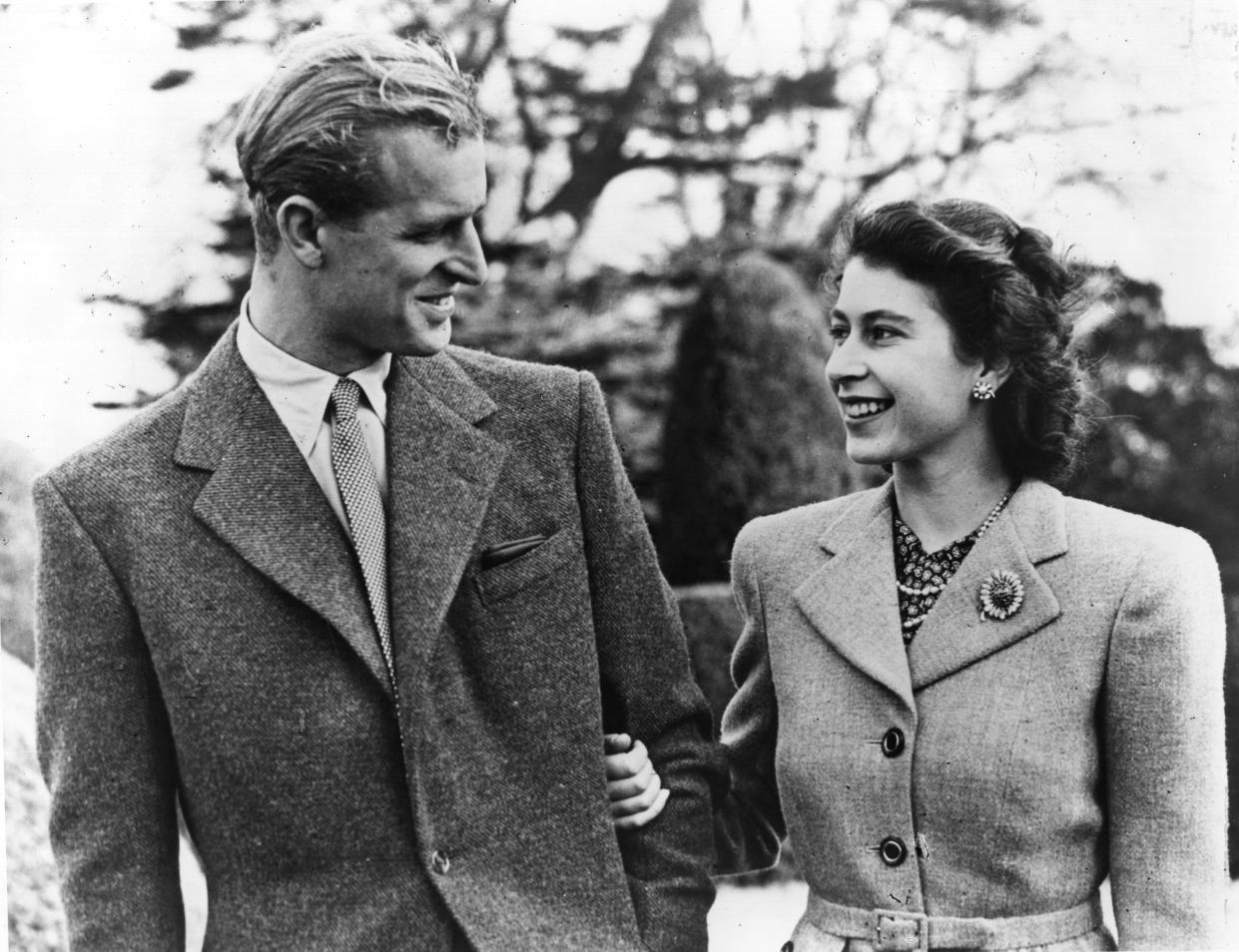
Prince Philip is in the record books as the longest-serving royal consort, and has been a key member of the British Royal Family for decades.
But he was no commoner when he met and married the future Queen. Philip, who turned 99 on 10 June, has his own royal background.
Philip was born in Corfu in 1921, the fifth and youngest child, and only son, of Prince Andrew of Greece and Denmark and Princess Alice of Battenberg.
He was also the nephew of King Constantine I, who was forced to abdicate his throne and go into exile just over a year after Philip was born.
Philip and his family left Greece by the December of 1922, and he does not speak Greek. He’s previously said he feels more Danish and his family spoke English, French and German.
Prince Andrew of Greece and Denmark
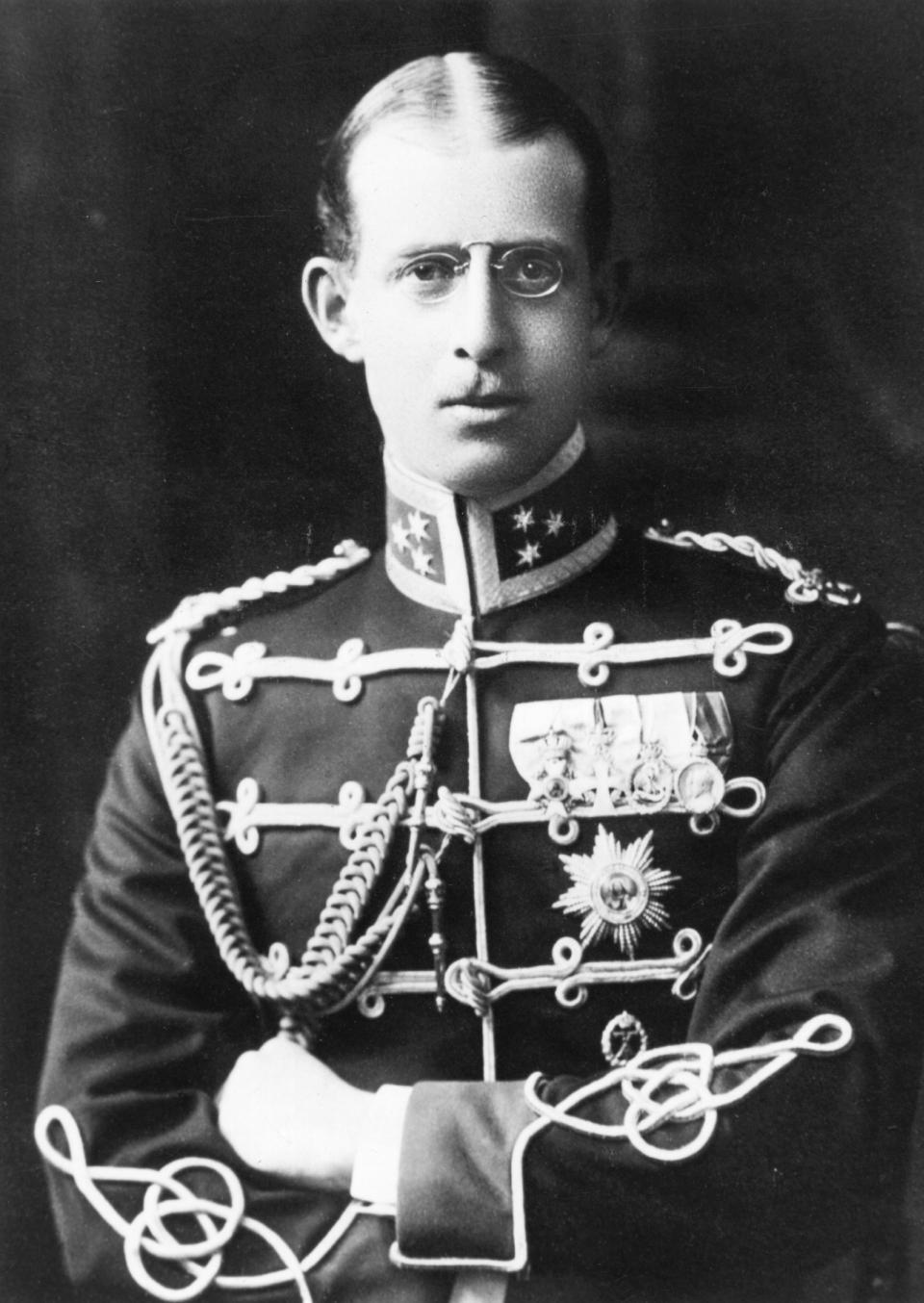
Prince Andrew of Greece was born in Athens in 1882, and was the fourth son of King Constantine I of Greece, making him unlikely to ever take the throne himself.
He had a military background, even serving in the Balkan Wars. Andrew ended up being exiled twice - once when his brother abdicated and his whole family went into exile, and a second time after he was blamed for loss of Greek territory as he served as a Major General in the Greco-Turkish war.
He married Princess Alice in 1902, having met her in London the year before when they both attended the coronation of Edward VII - Queen Elizabeth’s grandfather.
They had a civil wedding and two religious services - one Lutheran and one Greek Orthodox.
According to History Answers, Andrew disobeyed orders from his superiors while fighting in the Greco-Turkish war, but his own battle plans were unsuccessful. He was court-martialled and eventually the family was stripped of their Greek passports, traveling on Danish passports.
In 1930, Andrew wrote a book defending his moves on the battlefield, but effectively lived in forced retirement. His marriage to Alice broke down and she ended up returning to Greece.
In 1936, his exile was quashed and his land returned to him, so he did go back to his home country again for a brief visit.
However he more or less trapped in France by the time the Second World War broke out, and died there just as it was ending. He did not see Philip for five years.
According to biographer Philip Eade, the prince eventually came to possess Andrew’ signet ring, which he had resized and has worn since.
Read more: The real Philip in photographs: Royal experts share their favourite moments of the Duke of Edinburgh
Princess Alice of Battenberg
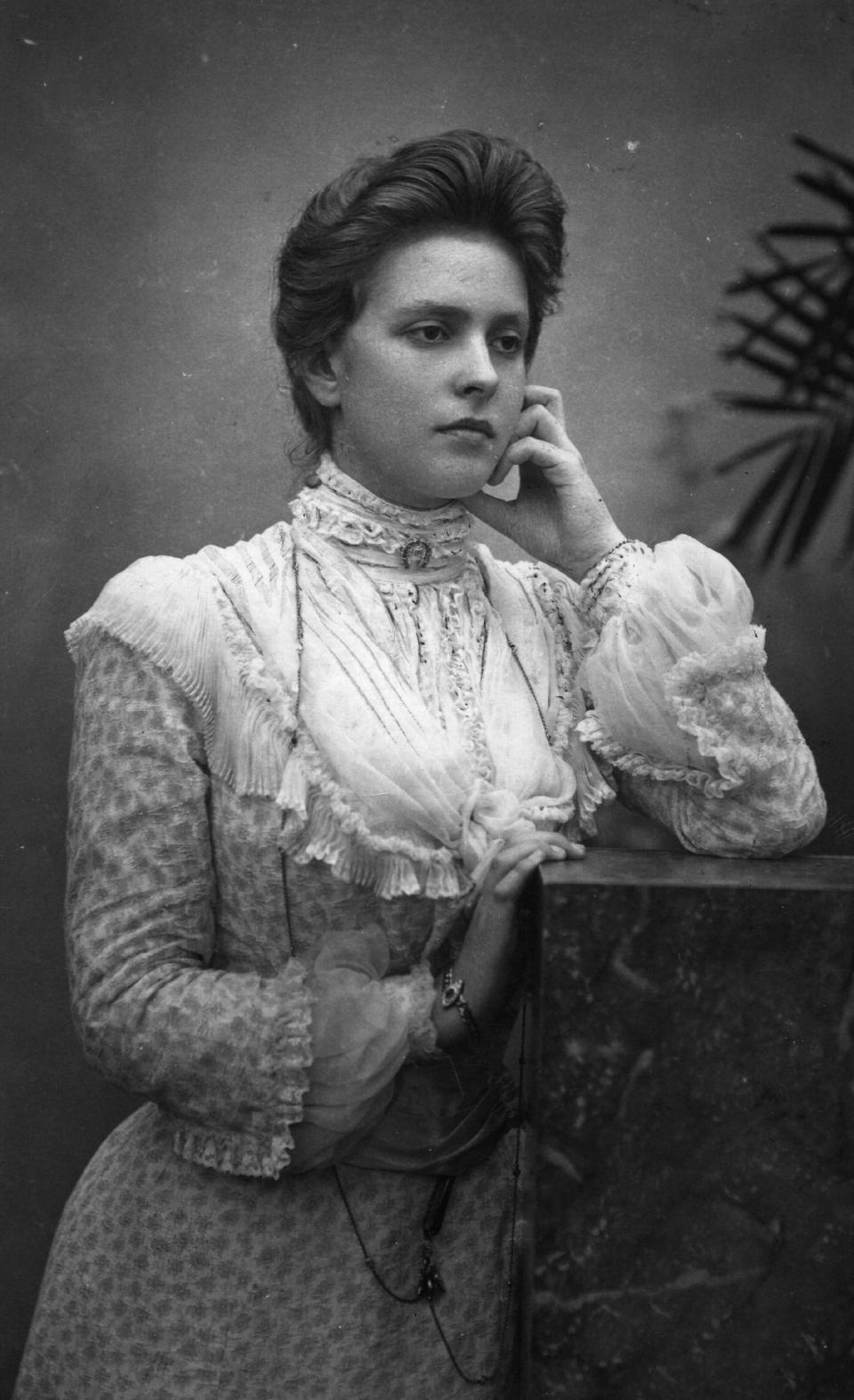
Princess Alice of Battenberg has found new fame lately, mostly thanks to the portrayal of her in Netflix’s The Crown.
She was born in 1885 in Windsor Castle and was a great granddaughter of Queen Victoria. Her real first name was Victoria but she was known by one of her middle names.
Her life was marked by her health. She was diagnosed as deaf when she was a child and in her adult life was diagnosed with schizophrenia and sent to a sanatorium.
After her marriage with Prince Andrew broke down, she returned to Greece where she took on lots of charitable work.
She sheltered Jewish refugees, and founded a nursing order of nuns. Her work with refugees led to her being recognised as “Righteous Among Nations” by Israel’s Holocaust memorial institution.
Of the honour, given posthumously, Prince Philip said: “I suspect that it never occurred to her that her action was in any way special. She was a person with deep religious faith and she would have considered it to be a totally human action to fellow human beings in distress.”
Read more: Prince Philip's 99th birthday marked with new lockdown photo with the Queen
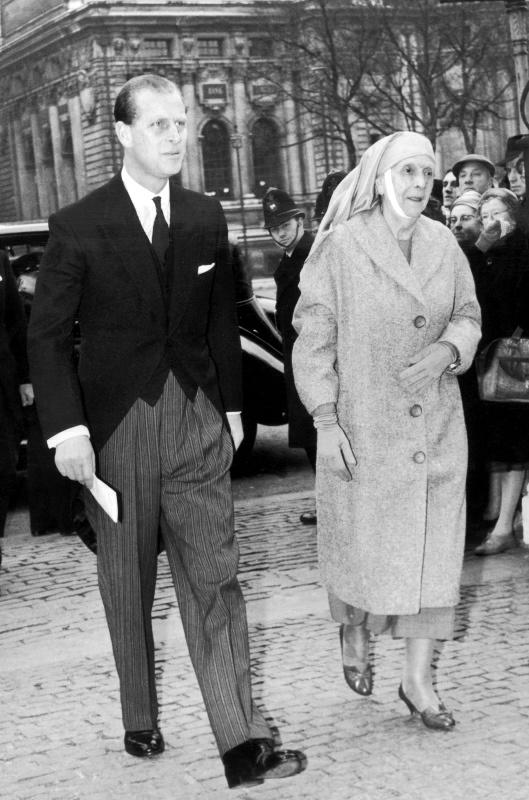
Alice spent most of her life in Greece but did come back to the UK to live in Buckingham Palace in 1967. According to The Daily Telegraph it was “monstrous” of The Crown to imply that Philip did not want her there - he had been keen for her to come for some time.
According to Hugo Vickers though, it was only when the Queen insisted on her coming that Alice acquiesced.
Vickers added: “At Buckingham Palace, she was housed not in a far-flung attic room like Mrs Rochester in Jane Eyre, as depicted in The Crown, but in a handsome suite of rooms overlooking The Mall, next to the balcony room on the first floor; the same room that the Duchess of Windsor stayed during her late husband’s funeral in 1972, and was famously photographed watching the Trooping the Colour procession.”
She died in 1969.
Read more: Prince William and Kate share photos in birthday message to Prince Philip as he turns 99
Prince Philip’s sisters
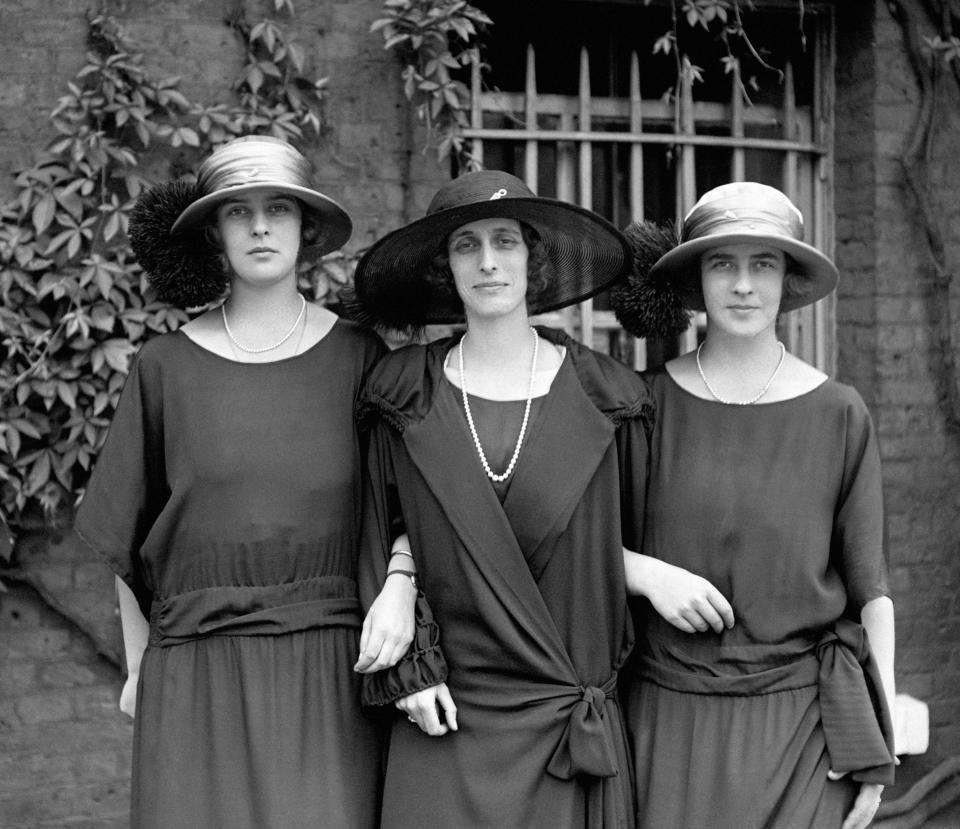
Prince Philip had four older sisters, called Margarita, Theodora, Cecilie and Sophie.
They all married German men, and within about nine months of each other during 1930-31.
It meant Philip, barely 10 years old, was left more or less on his own and was taken in with the English side of his family, eventually going to school in Scotland.
Cecilie and her husband were members of the Nazi Party.
Tragedy struck in 1937 when Cecilie was killed in a plane crash as she flew to England for a wedding. She was pregnant at the time.
She and her husband had three other children. Margarita had six children, and Theodora had three.
Theodora died five weeks before Princess Alice, in 1969 aged 63, while Margarita died in 1981, aged 76.
Sophie had eight children from two marriages and died in 2001.
Most of his sisters’ husbands had links to the Nazi Party and it’s said to be the reason he couldn’t invite any of them to his wedding to Elizabeth.
Sophie’s first husband was an SS officer, who was killed in duty in the Second World War. She also named one of her sons after Adolf Hitler - though later wrote to say she had changed her views.
In her memoir she said: “I have to say here, that, although Chri [Prince Christoph] and I changed our political view fundamentally some years later, we were impressed by this charming and seemingly modest man, and by his plans to change and improve the situation in Germany,”
Margarita’s husband was in the German army during the war too - though it’s understood he became part of a group which plotted to overthrow Hitler.
But according to the obituary of Theodora’s daughter, she and her husband were not linked to the Nazi Party.

